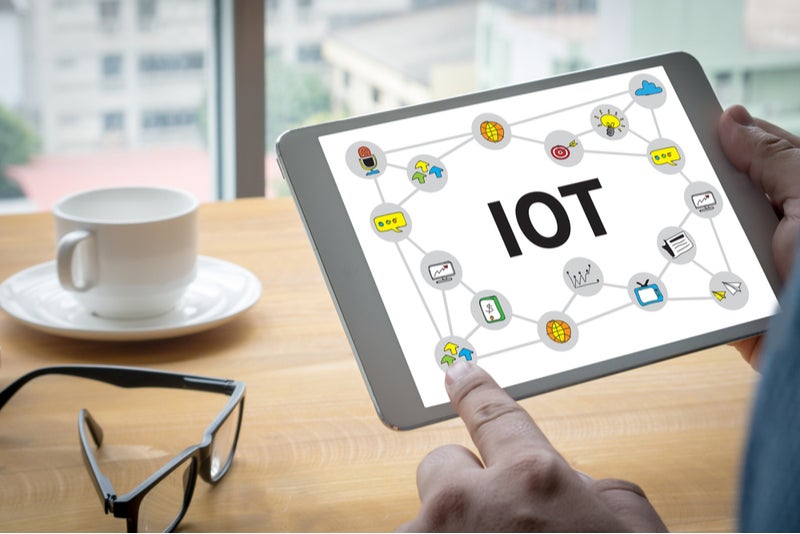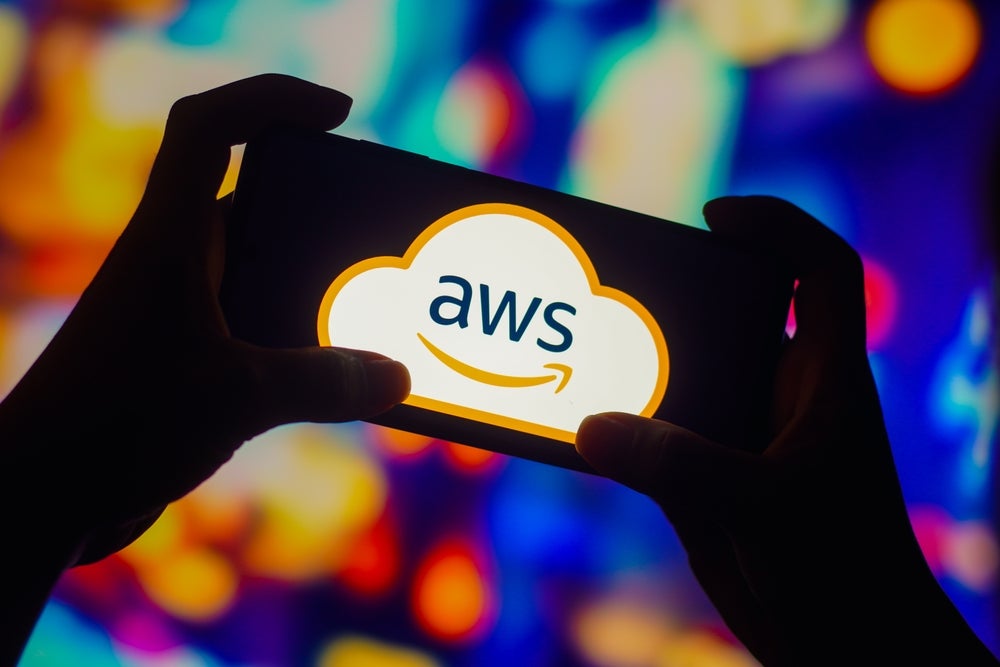
The last two months has seen an unusual level of M&A activity within the IoT ecosystem, as well as the announced exit of an IoT platform from a major vendor. These changes confirm a need for consolidation in what has been often described as an overly complex and fragmented market, and hopefully provide a path to growth and longevity for vendors by enlarging their product scope. Alternately it could be construed as a sign of weakness in the IoT market.
Mergers and Acquisitions
- On July 29th, Telit, (a US based provider of IoT technology solutions including hardware and management platforms) announced its intention to acquire the cellular IoT products of Thales (a French vendor of aerospace, defense, security and digital identity solutions). These include Thales’ portfolio of wireless communication modules, gateways, and data modem cards, supporting 4G LTE, LPWAN and 5G. Telit notes that the acquisition will expand its presence in new industrial IoT segments including payment systems, energy, e-health, and security. It also enhances the company’s ability to respond to demand for cybersecure IoT solutions in modules and cellular connectivity. In turn, Thales will take a 25 percent stake in the expanded Telit business, which will be rebranded as Telit Cinterion. The name originates from the Thales line of cellular IoT modules which took their name from German IoT specialist Cinterion, following Cinterion’s purchase by Gemalto in 2019; Gemalto was subsequently acquired by Thales in 2019.
- On August 29th, Telit announced the acquisition of Mobilogix, a startup specializing in custom IoT solutions, to draw customers that are focused on reduced complexity and quicker time to market. Mobilogix adds device engineering expertise and resources that optimize specifications for handoff to electronic manufacturing services and OEMs and help shorten time for regulatory approvals and carrier certifications. It also specializes in verticals including telematics, micro-mobility, healthcare, construction, and agriculture.
- On August 2nd, U.S. LoRa specialist and semiconductor manufacturer Semtech confirmed its $1.3 billion acquisition of Canadian vendor Sierra Wireless (a provider of cellular modules and gateways as well as cloud and MVNO services and platforms). Semtech states that the move “significantly” expands its addressable market and will double annual revenue, generating $40M in run-rate operational synergies within 12-18 months of the deal’s closing. Semtech CEO also noted that the acquisition is a “critical part of bringing the vision of the “Internet of Everything” to life through the combination of the two vendors’ cellular, LoRa and Cloud services.
IoT Market exit
- On August 17th, Google announced the shut-down of its IoT Core platform (with a one-year lead time for customers to change providers) and a shift to relying on application and service partners to handle customers’ IoT application enablement requirements. Google’s platform was similar to those of hyperscaler rivals Microsoft and AWS, as it helped businesses and developers manage IoT devices, as well as ingest the data, use analytics to understand what the data means, and leverage it to make key business decisions.
While AWS and Microsoft have had a historical lead over Google in cloud services in general, and in enterprise focused IoT platforms in particular, Google appeared to be gaining more traction in IoT lately with some key enhancements such as a partnership with Litmus to incorporate industrial edge computing platform into its smart factory solutions; and a new Supply Chain Twin offering, which allows businesses to model supply chain activities. Google’s departure from the market makes one wonder about the health and growth of IoT platforms and services among all the hyperscalers, who had initially assumed IoT would boost their cloud service customers and revenues.
IoT ecosystem de-fragmentation through mergers and acquisitions seems like a positive trend for an over-complicated market in which customers still complain that they need to buy and manage separate elements from disparate vendors and may have trouble proving adequate ROI to key stakeholders. However, IoT connection growth rates were lower than expected in 2021, at 8%, (for a total of about 12 billion global connections), but lower growth has been widely attributed to the chip supply shortage and Covid concerns rather than dampening of demand.
How well do you really know your competitors?
Access the most comprehensive Company Profiles on the market, powered by GlobalData. Save hours of research. Gain competitive edge.

Thank you!
Your download email will arrive shortly
Not ready to buy yet? Download a free sample
We are confident about the unique quality of our Company Profiles. However, we want you to make the most beneficial decision for your business, so we offer a free sample that you can download by submitting the below form
By GlobalData




Related Company Profiles
Thales SA
Semtech Corp
Sierra Wireless Inc